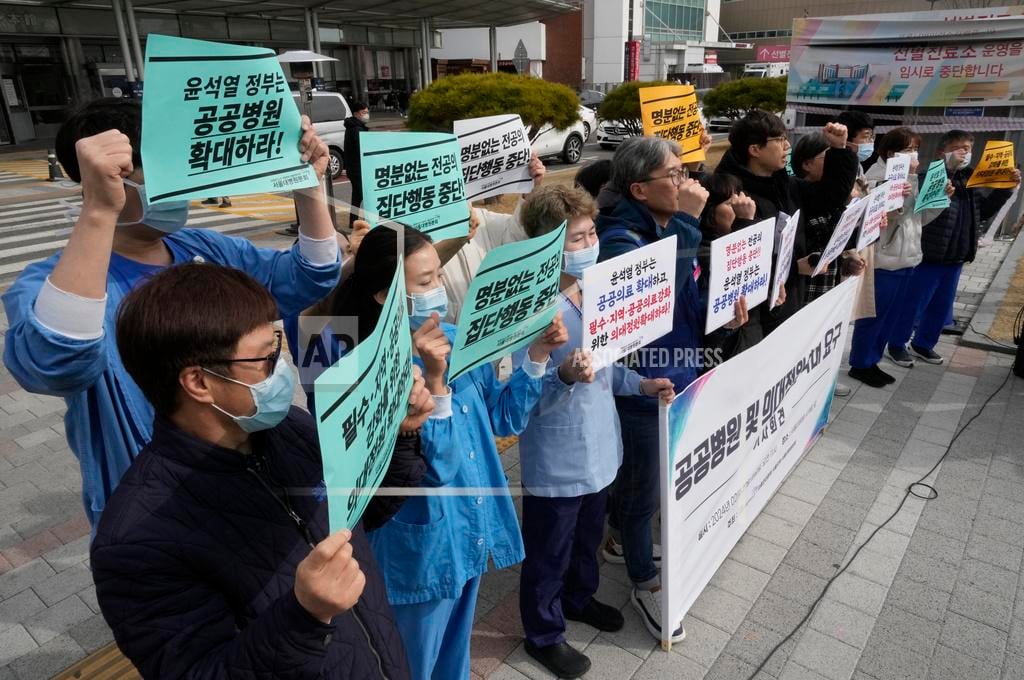Some critics say the striking junior doctors simply oppose the government plan because they worry adding more doctors would result in a lower income.Ahn Cheol-soo, a doctor-turned-lawmaker in the ruling party, said on a local TV program that he supports the government’s plan. But without fundamental steps to convince students to opt for the essential areas, Ahn said that “2,000 new dermatology hospitals will be established in Seoul 10 years later.”What do the strikes mean for patients?The walkouts have led hospitals to cancel numerous planned surgeries and other medical treatments. On Friday, an octogenarian undergoing cardiac arrest was reportedly declared dead after seven hospitals turned her away, citing a lack of medical staff or other reasons likely related to the walkouts.In some major hospitals, junior doctors account for about 30%-40% of the total doctors, playing the role of supporting senior doctors during surgeries and dealing with inpatients. The strikers are among the country’s 13,000 medical residents and interns, and they work and train at about 100 hospitals in South Korea.In the wake of the walkouts, the government has extended the working hours for public medical institutions, opened emergency rooms at military hospitals to the public, and given nurses legal protection to conduct some medical procedures typically done by doctors.Vice Health Minister Park Min-soo said Tuesday that the country’s handling of critical and emergency patients largely remains stable. But observers say the country’s overall medical service would suffer a major blow if the walkouts prolonged, or if senior doctors join the strike.The Korea Medical Association, which represents about 140,000 doctors in South Korea, has steadfastly expressed its support of the trainee doctors, though it hasn’t determined whether to join their walkouts.Park Jiyong, a spine surgeon in South Korea, said senior doctors at major university hospitals will likely join the walkout in coming days, which would “virtually collapse the operations of those hospitals.”
Source link
Why thousands of junior doctors in South Korea are striking, and what it means for patients





